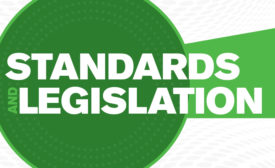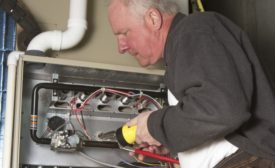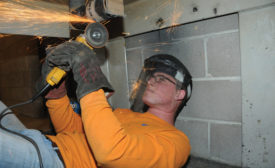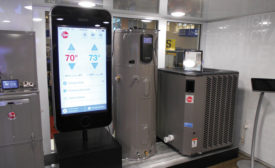Home » regional standards
Articles Tagged with ''regional standards''
Why You Should Keep an Eye on the DOE
Government rarely moves quickly, but things are really getting out of hand
Read More
Industry Advocates for Energy Bill
Energy Policy Modernization Act includes fixes for furnace rule, regional standards enforcement
Read More
DOE Finalizes Regional Standards Enforcement
New record-retention requirements for distributors, contractors outlined in rule
June 17, 2016
HVAC Efficiency Standards in US Offer Savings for Canadians
Surplus 13 SEER equipment from the US can be sold in Canada
April 18, 2016
DOE Releases Proposed Regional Standards Enforcement Rule
Industry has until Jan. 4 to comment on the enforcement proposed rule
Read More
DOE Releases Regional Standards Enforcement Proposed Rule
Industry will have 45 days from date of publication to comment on enforcement NOPR
Read More
Copyright ©2025. All Rights Reserved BNP Media.
Design, CMS, Hosting & Web Development :: ePublishing










